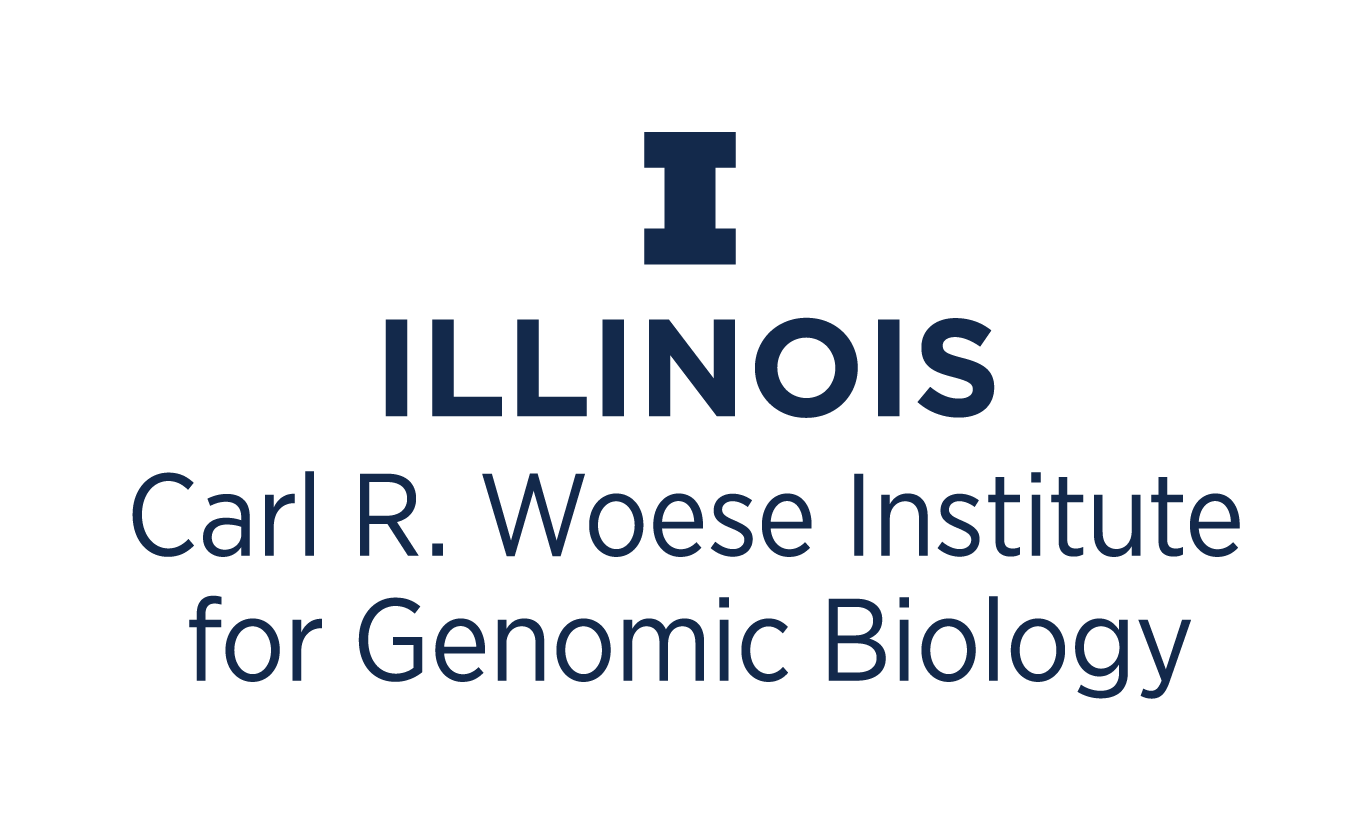By: Kathryne Metcalf.
Despite dramatic advances in diagnostics and treatment, cancer still accounts for nearly 1 in 4 U.S. deaths, as well as over half of disease-related pet mortality. Using translational approaches to discover new and effective treatments for both is the goal of new research theme Anticancer Discovery from Pets to People (ACPP) at the Carl R. Woese Institute for Genomic Biology. Led by Professor of Chemistry Paul Hergenrother, ACPP will leverage discoveries proved in companion animals such as cats and dogs with cancer to pioneer new drugs and novel targets to treat human cancers.

While traditional drug discovery and testing is often performed in laboratory mice and rats, Hergenrother believes that pets hold a few distinct advantages as a model organism. “When these studies are performed in rodents, they’re given cancer and then cured. Though that’s the way most drugs are developed, it’s a very contrived model … of the anti-cancer compounds that make it to human trials through that pipeline, over 90% don’t become drugs.”
“With ACPP, we’re studying companion animals that are exposed to all the same toxins that you and I are, and that in many cases come down with cancers that are very similar to the human disease ... we believe that compounds that show efficacy in these veterinary cancer patients will have a much better chance of working in human clinical trials.“
Hergenrother’s research has already discovered the procaspase-3 activator PAC-1, which induces apoptosis—self-destruction—in cancer cells. PAC-1 has already been used to treat over 50 pet dogs with cancer in collaboration with Professor Timothy Fan in the College of Veterinary Medicine. The compound has since moved to phase I clinical trials in human cancer patients, testing for dosage tolerance, safety, and any hints of efficacy—promising first steps on the road toward becoming an approved cancer treatment.
Hergenrother, along with theme members Timothy Fan (Associate Professor of Oncology, College of Veterinary Medicine), Pablo Perez-Pinera (Assistant Professor of Bioengineering), and Jun Song (Professor of Physics), hopes to not only continue development of PAC-1 but identify novel cancer targets using genomic methods. After these targets are identified, improved screening platforms can be used to find molecules that hit them and can be developed into therapeutics.
“We’re hoping to expand in a major way on this first success,” said Hergenrother. “We have a good blueprint, and I think at the IGB we’ll be able to very rapidly test a lot of our hypotheses about these targets … We have a great chance to improve the lives of veterinary cancer patients, and in doing so develop new drugs for human disease that have a higher likelihood of success.”
By: Kathryne Metcalf.
Photos By: L. Brian Stauffer and Department of Bioengineering.


